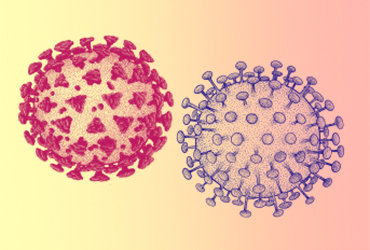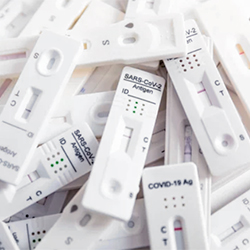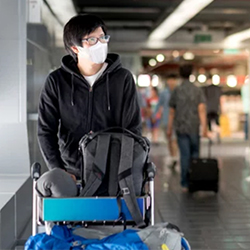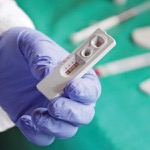By Ethan Covey
Prevention and care services for HIV have remained stable throughout the COVID-19 pandemic, despite drops during the early stages of 2020, according to a new report from the CDC.
The report stated that interventions such as telehealth and home delivery of antiretroviral therapies (ART) likely prevented damaging health-system failures, and will remain important components of future healthcare efforts (MMWR Morb Mortal Wkly Rep 2022;71[48];1505–1510).

To examine usage rates of HIV services and outcomes by quarter during 2019 through 2021, data were examined from four sources: two large U.S. commercial laboratories (LabCorp and Quest Diagnostics), the IQVIA Real World Data—Longitudinal Prescription Database and the National HIV Surveillance System.
The data were used to estimate the number of HIV tests performed, HIV antigen and antibody test results and HIV RNA test results, the number of HIV viral load tests performed and the proportion of those tests indicating viral load suppression, and the quantity of antiretroviral drugs dispensed by retail and mail-order pharmacies in the United States.
Overall, disruptions were observed in HIV prevention services but not in HIV care services. HIV testing, the number of people prescribed pre-exposure prophylaxis (PrEP), and the number of individuals diagnosed with an HIV infection decreased during April through June 2020, but started to rebound in the summer of 2020.
During the first quarter of 2020, a total of 2,471,614 HIV tests were administered, 190,955 patients received PrEP and there were 8,438 HIV diagnoses. These statistics decreased by 32%, 6% and 26% in the second quarter. The rates partially rebounded in quarter 3: a total of 2,325,554 HIV tests were administered, 184,320 patients received PrEP and there were 7,905 people diagnosed with HIV.
ART use and virologic suppression did not change during the pandemic.
“The disrupted use of HIV prevention services suggests that innovative service delivery models are needed to maintain access to these services, such as telemedicine models for HIV testing and PrEP that use self-collected lab tests,” said lead researcher Karen W. Hoover, MD, the prevention research team lead in the CDC’s Division of HIV Prevention, in Atlanta. “Such interventions can make HIV prevention and care systems more resilient during public health emergencies and can support achieving goals of the Ending the HIV Epidemic in the U.S. [EHE] initiative.”
Dr. Hoover noted that further studies using mathematical models will help to understand how pandemic-related disruptions have affected HIV transmission and whether they have resulted in delays in achieving EHE goals.
“Communities can use this information to plan investments in their HIV prevention and care systems,” she said.




